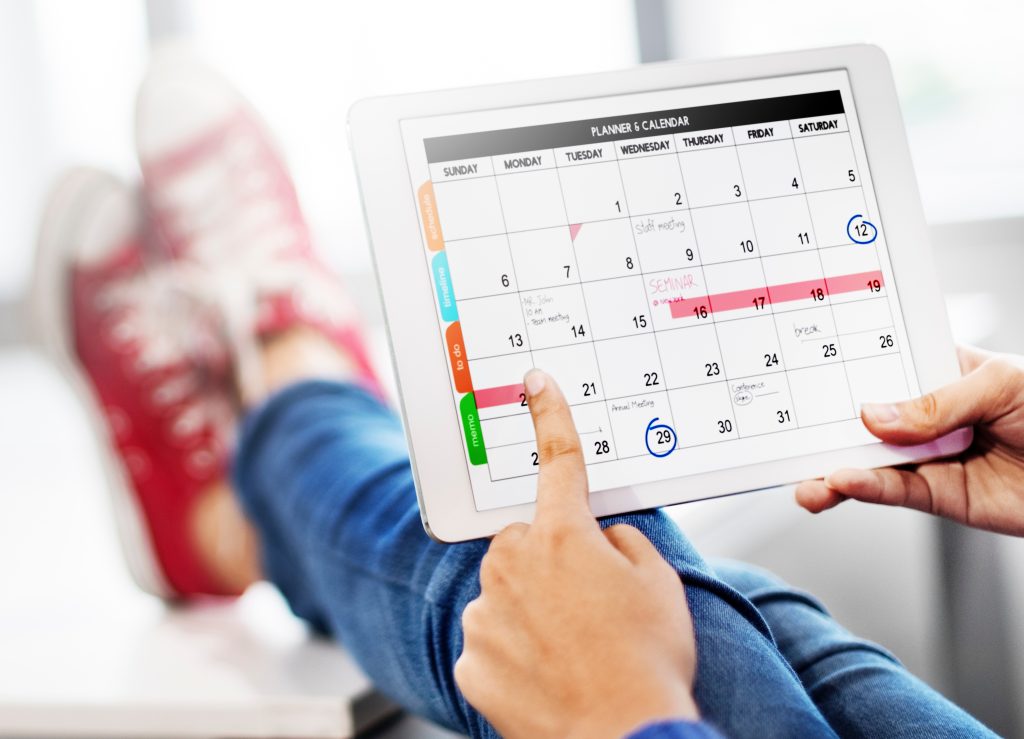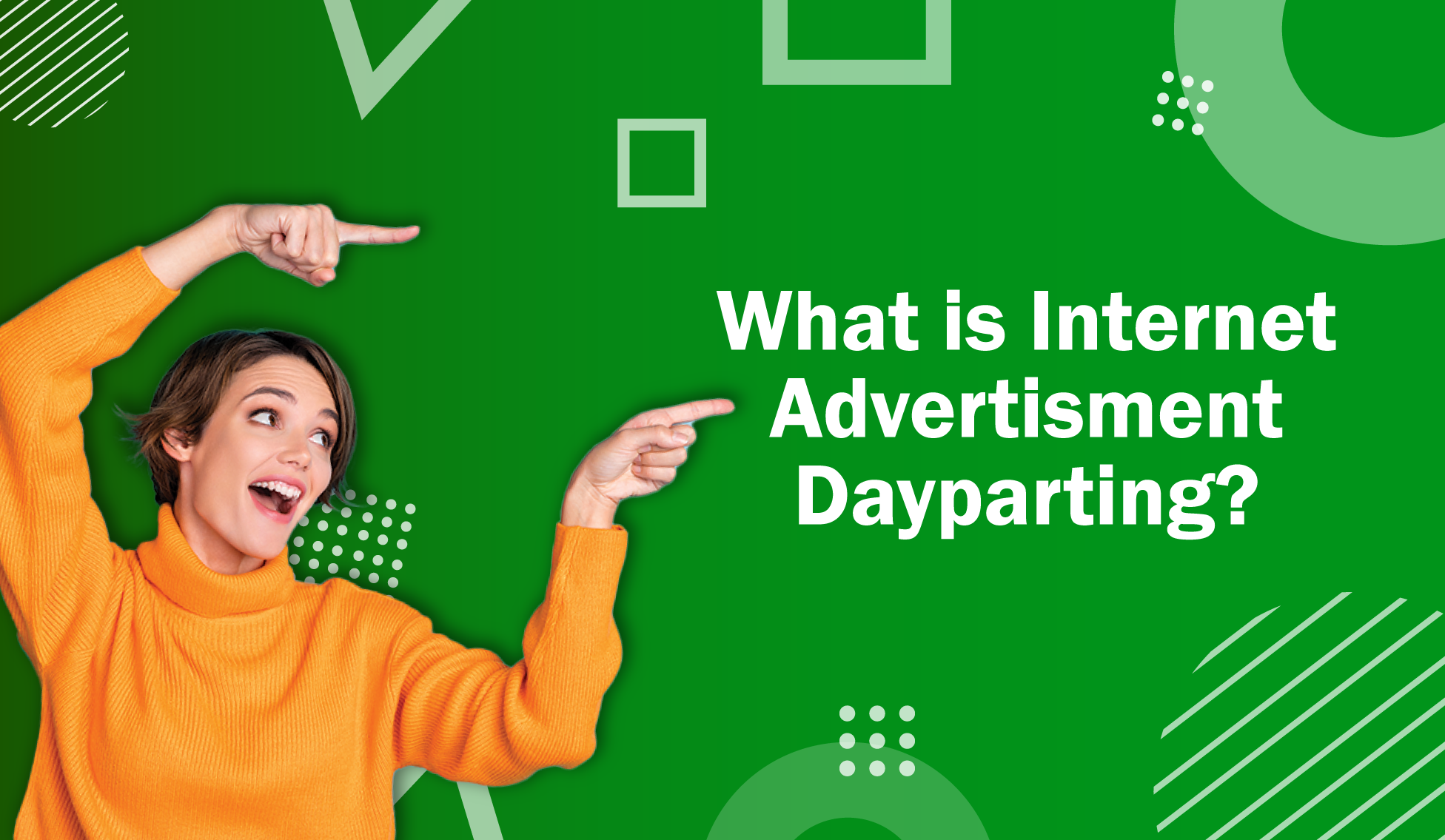Ad dayparting is a technique used in online advertising where ads are served to users at specific times of the day based on the advertiser’s targeting criteria. This can include targeting specific demographics, locations, or behaviors. Advertisers can choose to show their ads during peak hours when users are more likely to be active and engaging with their devices, or during off-peak hours when competition for ad space is lower. This technique can help increase the effectiveness of ad campaigns by reaching the right audience at the right time.
We reallocated nearly $30k in budget, salvaging over 2.2 million ad impressions per month by dayparting.
Adam Brewer, on working at National General Insurance
Why Should You Daypart Ads?
Dayparting ads is important for a few reasons:
- Increased Ad Effectiveness: By serving ads during specific times of the day when users are most active and engaged, the chances of the ad being seen, remembered, and acted upon are increased.
- Increased Ad Return on Investment (ROI): By targeting the right audience at the right time, advertisers can see a higher return on their investment as the ads are more likely to convert.
- Better Ad Budget Allocation: Dayparting allows advertisers to budget their ad spending more effectively by allocating more budget to the times of day when their target audience is most active, and less budget to times of day when the audience is less active.
- Reduced Ad Fatigue: Dayparting can also help to prevent ad fatigue, which occurs when users are exposed to the same ad too many times, and it becomes less effective. By only showing the ad during specific times of the day, the frequency of the ad is reduced, and the ad remains more impactful.
- Better Ad Performance Tracking: By serving ads at specific times, it allows advertisers to track the performance of their ads more effectively and make data-driven decisions based on the results.

What Should You Consider Before Dayparting Ads?
When dayparting ads, there are several factors to consider in order to make dayparting ads perform at a higher efficiency. You should base how you daypart your ads off certain criteria, a few of those being:
- Audience Behavior: Understand your target audience’s behavior patterns, including when they are most active online and likely to engage with ads. Consider factors such as their work schedules, leisure activities, and time spent on different devices.
- Time Zones: Take into account the geographic locations of your target audience and adjust the ad schedule accordingly to align with their local time zones. This ensures that your ads are displayed when the audience is most likely to be active.
- Platform Insights: Utilize platform analytics and insights to identify peak usage times and engagement patterns. Platforms like Google Ads, Facebook Ads, and other advertising platforms often provide data on when users are most active and receptive to ads.
- Business Objectives: Consider your specific advertising goals and align the dayparting strategy accordingly. For example, if you aim to generate leads or sales, focus on times when users are more likely to make purchase decisions.
- Competitor Analysis: Research and analyze the ad schedules of your competitors. If they are targeting the same audience, it can be beneficial to schedule your ads during non-competitive times to increase visibility and reduce ad clutter.
- Testing and Optimization: Conduct experiments and A/B tests to determine the effectiveness of different dayparting schedules. Monitor the performance metrics and adjust the ad schedule based on the results to optimize campaign performance.
Remember that these factors may vary based on your specific industry, target audience, and advertising goals. Regular monitoring and analysis of campaign performance will help refine your dayparting strategy over time.
I worked for an RV insurance company; my job was to run Google and Facebook advertising campaigns to bring calls into one of our call centers or bring in traffic to the RV Insurance online quoting tool. As I was working for one of the biggest insurance companies in the United States, my allocated monthly budget was high. In turn, the number of impressions and overall reach for my campaigns was in the millions per month.
Dayparting Ads in Pracice: RV Insurance Campaign
When I first started, I was new to the insurance industry as a whole and totally new to anything RV. It took me a few weeks to deeply understand our target market, their buying habits, etc. What I came to realize is that our main target market, 50-65 year old males, tended to have very specific online habits. Mainly, they were not perusing the internet from the hours of 11pm to 5am. Now, this time slot, 11pm to 5am, might be good to advertise products to a designated target market, but for selling RV Insurance, it was not a time our main target market was primed to be shown an ad if we wanted it to convert.

One of the first things I did with our campaigns is dayparted our ads to only show from 6 am to 9 pm. Making this simple little tweak meant that over the course of a month, we stopped wasting 30% of our budget. That’s right, 30% of my gigantic monthly budget was being used between 11 pm to 5 am; a time slot when our data showed our target market wasn’t even awake.
To put some actual numbers to this, we redistributed $30,000 in the budget, which was well over 2.2 million ad impressions per month, to now show during time slots that were better suited for our target market and the ROI on the advertising campaign increased over 40%.
I hope this adequately showcases how important dayparting advertisements can be in everyday scenarios. If you find your target market converts better during certain times of the day, consider running test-to-daypart your ads and keep a close eye on the effect this has on your campaign’s ROI.
